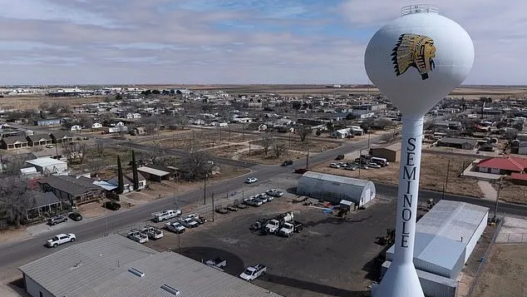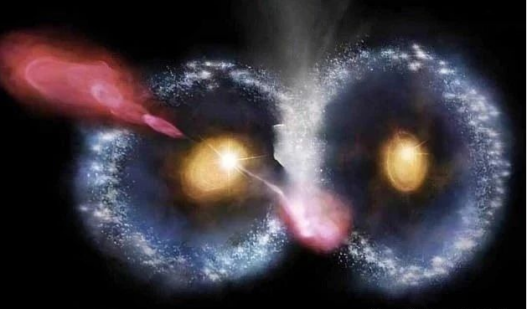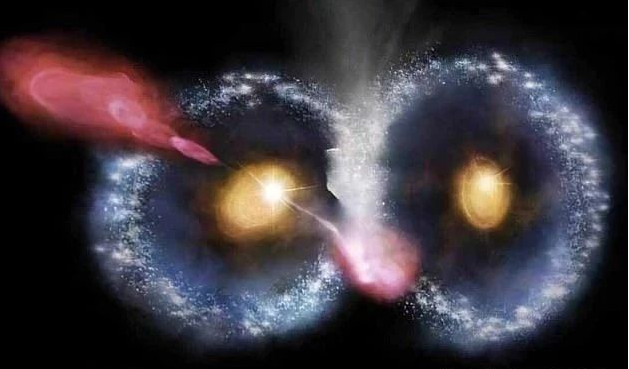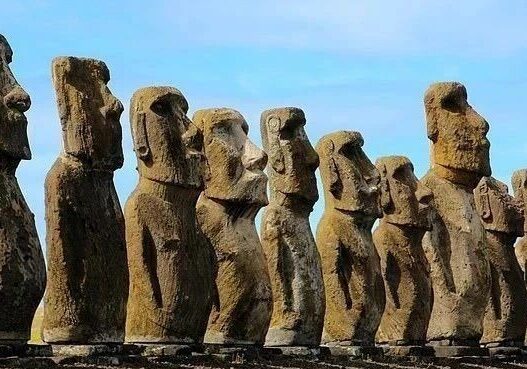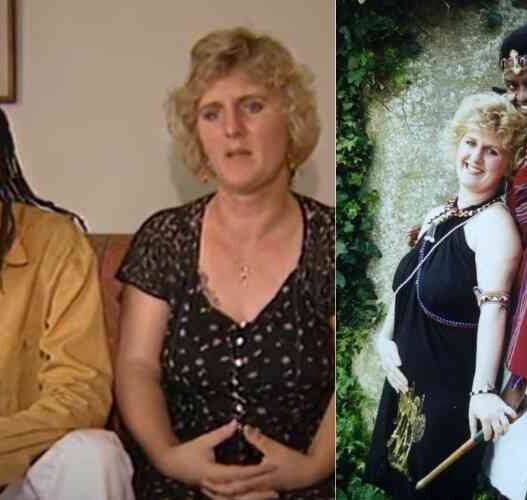A Celestial Marvel That Looks Like an Owl
At first glance, it might resemble an owl caught mid-flight in a moonlit forest or a splash of glowing paint on a canvas. But this dazzling image recently released by astronomers is far more extraordinary — it’s a cosmic collision between two distant ring galaxies, taking place 3.8 billion light-years away.
This breathtaking sight has been nicknamed the “Cosmic Owl” by an international team of astronomers. The blue rings with orange centers appear like giant owl eyes, while the merging region of the galaxies forms what looks like a beak. Captured by NASA’s James Webb Space Telescope (JWST), this collision happened millions of years ago — but its light has just reached us now.
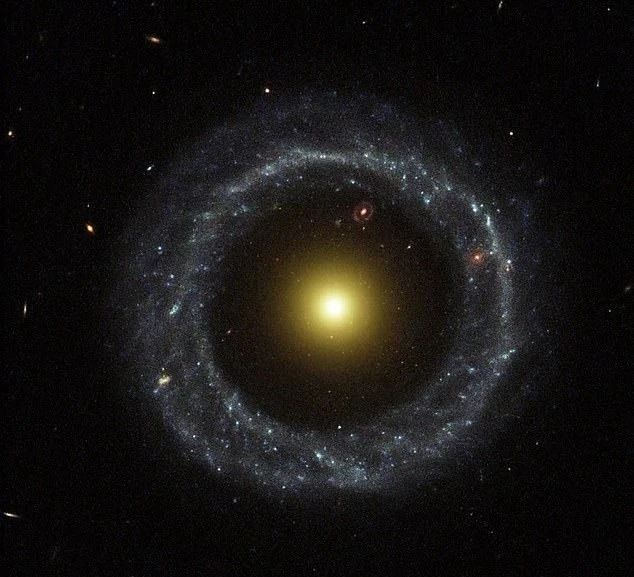
The Anatomy of the Cosmic Owl
The two galaxies have collided head-on, forming nearly identical ring-like structures — each about 26,000 light-years in diameter. Their symmetry suggests that the galaxies are similar in mass and size. Combined, their stellar mass is estimated at over 320 billion times the mass of our Sun. According to researchers, such dual-ring collisions are incredibly rare — making this an unmatched spectacle in the known universe.
Rare Ring Galaxies and Why They Crash
Ring galaxies themselves are cosmic anomalies, accounting for only about 0.01% of all known galaxies. The first such object ever identified was Hoag’s Object, discovered in 1950 by American astronomer Arthur Hoag.
So why do galaxies collide? As explained by the Harvard–Smithsonian Center for Astrophysics, it’s all about gravity. When two galaxies come close and lack the momentum to escape one another, their immense gravitational pull causes them to merge. In fact, about 25% of galaxies in the universe are currently undergoing this type of transformation.
Peering Into the Galactic Core
Zooming in, the “eyes” of the Cosmic Owl are actually active galactic nuclei (AGN) — the brightest, most energetic continuous sources of electromagnetic radiation in the universe. These glowing centers likely harbor supermassive black holes, with estimated masses of 67 million and 26 million solar masses, respectively. These black holes are actively devouring surrounding matter.
The “beak” region, where the galaxies are merging, is a hub of intense star formation. Here, new stars are being born in large clusters — and possibly, planetary systems may emerge around them.
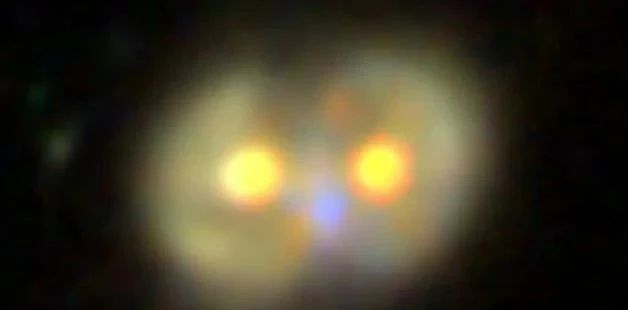
A Glimpse Into Our Future?
This incredible cosmic event may offer a preview of our own galactic fate. Our Milky Way is slowly moving toward the Andromeda Galaxy, 2.5 million light-years away. Though a direct star-to-star collision is unlikely, the merging of galaxies could shift the Solar System’s position — potentially endangering life on Earth, if it still exists by then.
What the Future Holds for the Cosmic Owl
The research paper detailing the Cosmic Owl has been published on the arXiv preprint server and is awaiting peer review. Scientists note that detailed numerical simulations are needed to fully understand this unusual double-ring system. This powerful cosmic merger is also triggering a “starburst”, possibly offering new clues about how stars formed in the early universe.
Alongside JWST, the observation was supported by data from ALMA (Atacama Large Millimeter/submillimeter Array) in Chile and the Very Large Array (VLA) in New Mexico. This collision, frozen in time after 38 million years, not only showcases the grandeur of space but also urges us to reflect on our place in the universe.






